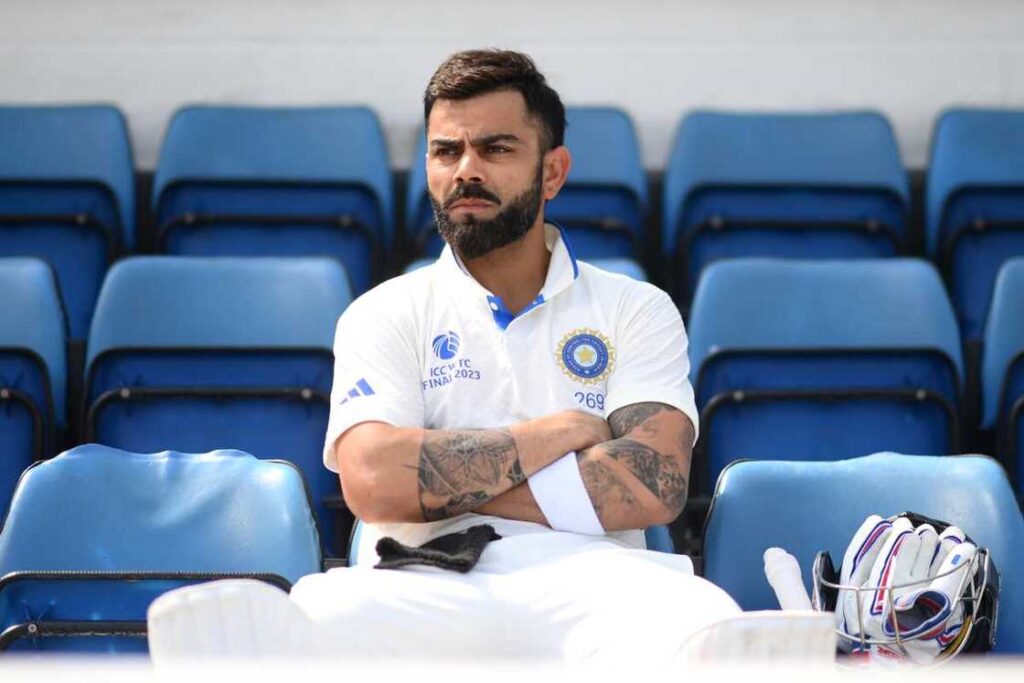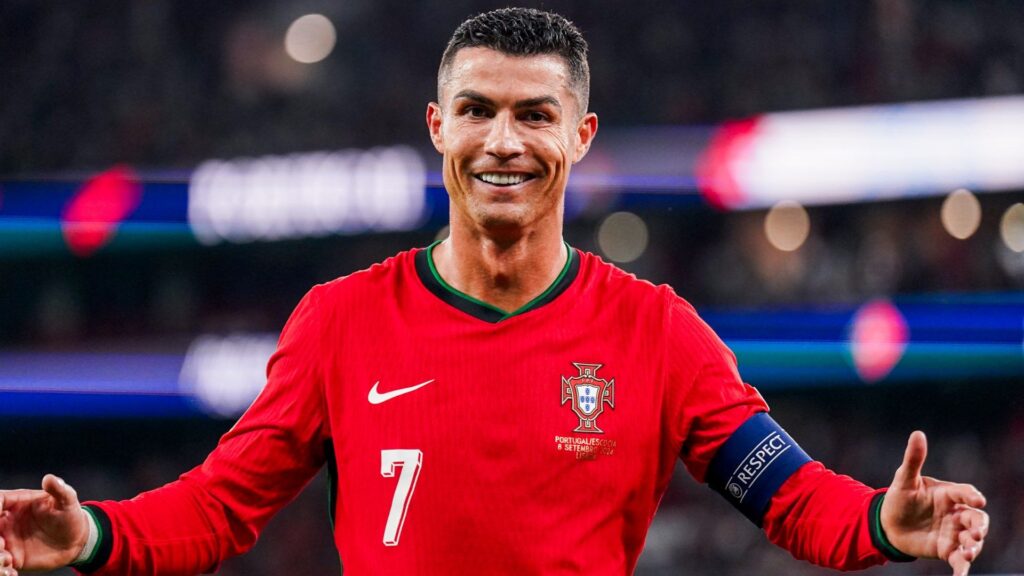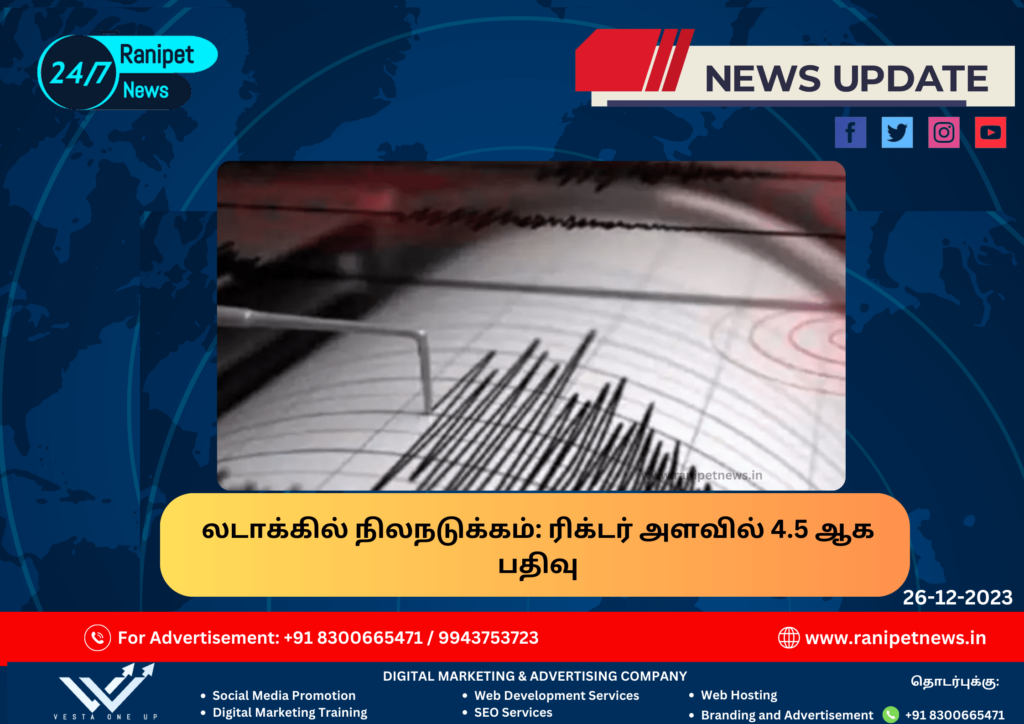Bhikaiji Rustom Cama

Bhikaiji Rustom Cama, also known as Madame Cama, was a prominent figure in the Indian independence movement against British colonial rule. Cama was born on September 24, 1861, in Bombay and passed away on August 13, 1936. Her life and contributions to the independence movement are significant in the history of India’s struggle for freedom.
Early Life and Education: Bhikaji Cama was born into a wealthy Parsi family. She received a good education and developed an early interest in social and political issues. She was exposed to the ideas of freedom and nationalism from a young age.
Marriage and Move to London: In 1885, Bhikaji Cama married Rustom Cama, a wealthy lawyer, and businessman. After her marriage, she moved to London, where she became involved in the Indian diaspora’s political activities. She came into contact with prominent Indian leaders and revolutionaries in London.
Involvement in the Indian Independence Movement: Bhikaji Cama was an active participant in the Indian independence movement while in London. She joined organizations like the Indian National Association and the Home Rule League, working alongside leaders like Dadabhai Naoroji and Shyamji Krishna Varma.
Contribution as a Publisher: Cama played a significant role in spreading the message of Indian independence through her publications. She co-founded and edited two influential journals, “Bande Mataram” and “Madan’s Talwar,” which were known for their nationalist and anti-colonial content.
Designing the Indian National Flag: Bhikaji Cama is also known for her role in designing an early version of the Indian national flag. In 1907, she unfurled this flag in Stuttgart, Germany, during the International Socialist Congress, which gained international attention.
Exile and Return to India: In 1909, Bhikaji Cama was accused of being involved in a conspiracy against the British government and went into self-imposed exile in Europe to avoid arrest. She continued her political activities from abroad and traveled extensively to garner support for the Indian cause.
Later Life and Legacy: After World War I, Cama returned to India in 1935, and she spent her last year in Mumbai. She continued to be a prominent figure in the Indian nationalist movement. She passed away in August 1936. Her legacy as a pioneering woman freedom fighter and nationalist lives on, and she is remembered for her contributions to the struggle for India’s independence.
Today Breaking News
Virat Kohli, born on November 5, 1988, in Delhi, India, is one of the greatest cricketers of all time and a former captain of the Indian cricket team. Known for his aggressive style of play, extraordinary consistency, and fitness, Kohli has broken numerous records in international cricket and remains a global icon in the sport. […]
He Born on February 5, 1985, in Funchal, Madeira, Portugal, is widely regarded as one of the greatest footballers of all time His career has been marked by a relentless drive for success, exceptional athleticism, and an extraordinary ability to score goals. Here’s a detailed history of his life and football career: Early Life and […]
The earthquake struck at 4.33 am today. An earthquake struck Leh in Ladakh this morning. The National Seismological Center reported that the magnitude of the earthquake was 4.5 on the Richter scale, which occurred at 4.33 am. The earthquake was centered at a depth of 5 km in Levee. Although buildings were slightly shaken due […]



